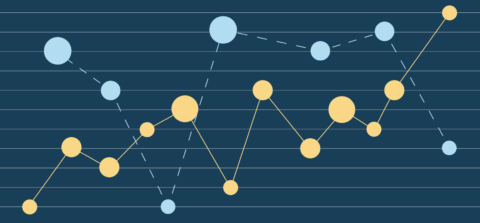High Quality Materials Are Available—So Why Aren’t They Being Used?
Teacher perspectives on curriculum quality and the supports they need for strong implementation in the classroom.
Related Resources
article
2020 State of the Market: The Use of Aligned Materials
Learn about the availability of programs aligned to college and career-ready standards and how regularly these aligned materials are being used in classrooms.
article
10 Tips for Effective Leadership and Advocacy
Former Michigan Teacher of the Year, Melody Arabo, shares her tips for effective leadership and advocacy to start the new school year.
article
3 Common Misconceptions About High-Quality Instructional Materials
In order for teachers to experience the true benefits of quality materials, it’s important to understand their misgivings and engage in productive conversations.


